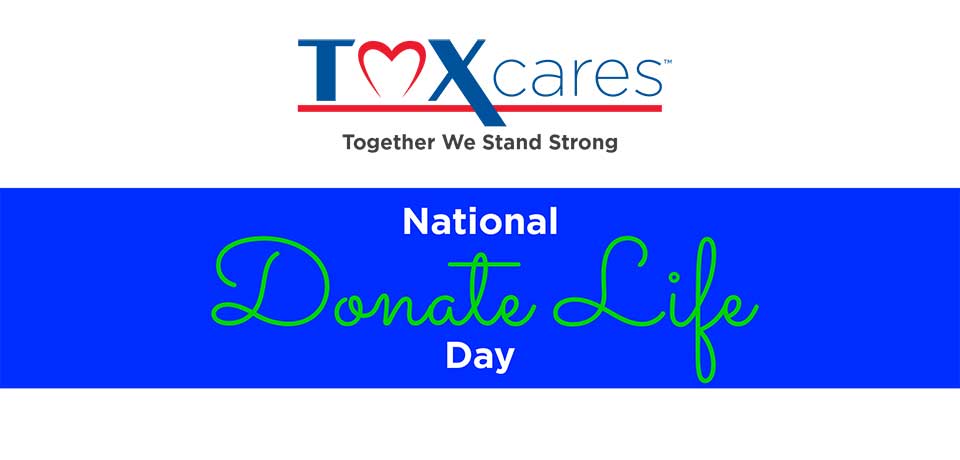April 12, 2019 marks an important day, National Donate Life Month. Organ donation is something I’d thought of in passing, but never truly stopped to understand the impact it makes on so many lives until I was faced with my sister’s illness.
In 2008, my sister, Dina, was diagnosed with an autoimmune disease. Her immune system was mistakenly attacking her body affecting her liver and bile ducts. Over the years as her condition worsened, she tried every treatment plan possible including experimental treatments. To date, none of the treatment plans have been a successful. Today, Dina is in the end-stage of liver failure with additional complications. When speaking to her doctors, a liver transplant is her last possible option.
Once placed on the United Network for Organ Sharing (UNOS), the average wait time is 12-36 months for a liver. All potential recipients of organ transplants must be listed on the national UNOS computer waiting list, with the priority for a donor organ determined by stage of illness. For a liver, they look at MELD score, Model for End-Stage Liver Disease.
Knowing the state of Dina’s condition, I started researching and reading to see what else could be done. There had to be something else. Some way to stop her pain and suffering without having her wait 12-36 months the doctors had informed us she didn’t have. Up late another night in worry, I found it, Living Donor. How did I not know you could be a living donor for a liver? A person can be a living donor due to the liver having the ability to regenerate and regain full function. I was amazed! This was the first time I understood the impact organ donation could accomplish. I could make a difference now, not after I was no longer here.
A few facts from Donate Life America;
- More than 116,000 men, women and children await lifesaving organ transplants.
- Another person is added to the nation’s organ transplant waiting list every 10 minutes.
- Sadly, 8,000 people die each year (22 people each day — almost one person each hour) because the organs they need are not donated in time.
- 80% of patients on the waiting list are waiting for a kidney. The average waiting time for a kidney from a deceased donor is 3 to 5 years. A kidney from a living donor offers patients an alternative to years of dialysis and time on the national transplant waiting list.
- 12% of patients waiting are in need of a liver. Living donation of part of the liver can help these patients.
- Nearly one-third of all deceased donors are age 50 or older; more than 7% are age 65 or older.
For the 2018 National Donate Life Month, Donate Life America was inspired by the image of a rainbow and Maya Angelou’s quote, “Be a rainbow in someone else’s cloud.”
I leave you with this last thought. What would you do if you were faced with a situation you knew you could provide life. Would you just sit back and watch or would you be the rainbow?
